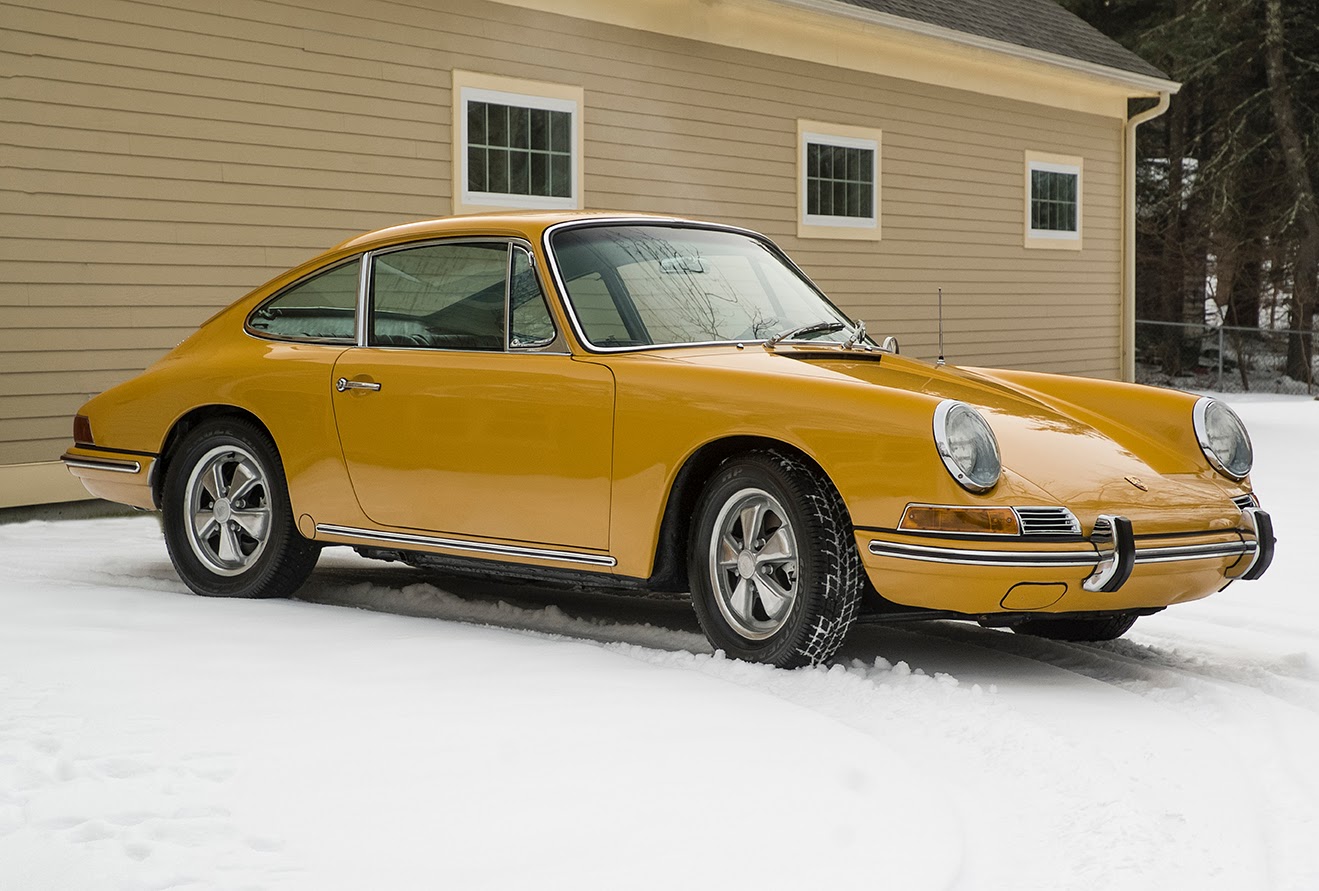50 years of 911
2013 is the 50th anniversary of the 911. The first public viewing was at the September 1963 Auto show in Frankfurt Germany at that time it was know as the 901.
In 1929 Peugeot had introduced the model 201. The company registered with the French governments office of Copyrights and Patents the right to use 3 digit model designations incorporating a zero in the middle. So at the end of the Paris Salon in October Peugeot let Porsche know they could not use the 901 designation in France.
France being a large market for Porsche, they choose not to antagonize the nation or Peugeot,so from then on Porsches new road car was called the 911.
This new design was a long process. In the early 50s Irwin Komeda’s 4 seater design looked like a larger 356. Ferry Porsche contacted Count Albrecht Goertz through the New York distributor Max Hoffman and gave him a set of dimensions and asked him to design a car. There were some styling details that hinted as to what the future car was to look like ,but the design was to American for Ferry Porsche.
in 1957 Ferdinand Alexander (Butzi) Porsche joined the family business and moved around the different departments to learn the workings of Porsche. He arrived at Erwin Komenda’s design department only to be told the new Porsche must resemble the existing cars. Butzi a student of the Ulm school of design was not convinced of this. His father Ferry Porsche had firm guidelines. Retain qualities of the 356, but improve on performance,refinement, comfort and space.
4 seat prototype 530. This was not the flowing lines of the 901 seen in Frankfurt, but a car with a much longer,flatter roof. Ferry Porsche still wanting the fastback roofline, excepted his son’s judgement that the rear seats should be for occasional use only, so the roofline now could be more sporting.
In 1960 prototype 644 T8 took shape as a pure two seater on an 82.69 inch wheelbase. By 1962 the car was 4.4 inches longer and a 2+2 layout in what would become it’s final form.
The engine was also a problem, earlier designs used a wet sump lubrication system, this made the engine to tall for the body designed by Butzi. The next step was to go with a dry sump set up, this allowed the engine to be installed lower in the car and closer to the ground for better road holding.
So with all the design changes and refinements the Frankfurt car was not a runner.
With having to finish production of the 356 C and SC, Porsche had no cars close to final production models to lend to the media, but in march 1965 they did and the praise started flowing.
“No contest.This is the Porsche to end all Porsches or, rather, to start a whole new generation of Porsches.” Car & Driver April 1965.
A Road & Track writer stated “ The overall impression is that this car was built by men who know
something about fast motoring and that it is destined to owners who feel the same.”
So I’m sitting in a 1966 Bahama Yellow 911, an example from the first full year of solo production. In front of me is the ubiquitous 5 gauge dash with the tachometer front and center, this layout will remain basically unchanged till 1999. That and the new four spoke steering wheel make you aware of some of the changes the have been made since the 356 finished production,but you still see and feel the DNA of the 356. The key is to the left of the wheel where legend has it,it would be able to be turned as a driver jumped into the cockpit after running across the starting line saving precious moments at the beginning of a race. The seats still have a 356 feel. Even with more space, larger windows, and different materials, it’s a definite descendant of the 356 Porsche.
Fire up the engine, and you know you are in something new and different. The sound of the free revving 2 liter engine is rough, powerful and purposeful, it’s a sound that you can’t get enough of, and it just gets better as you drive, heading for the redline. 180 HP sounds rather anemic by todays standards, but it’s 180 HP in a car weighing 2365 pounds. This car is very much at home in the left lane. Early 911s were know to be tail happy (in early prototypes weight was added to the front to try cure this.) So you just have to adjust your driving style to mesh with the 911. Take your foot off the gas into a turn and you will experience oversteer in a big way, keep right foot planted and the two of you will get along just fine. The car has a wonderful agile feeling that makes you search out twisty country roads, and makes you want to take the long way home. The gear changes may have a long throw and feel a little vague ,but you are enjoying yourself way to much to notice. There is something elemental in an early 911 that has been lost in later cars with all the extra weight ,safety concerns and electronics, but right now this is pure raw sports car driving at it’s best. It’s what the Porsche family intended.
This 911 was the beginning of a journey Porsche started 50 years ago and is continuing to this day, I have a feeling we are all happy to be along for the ride.
Thank you To Dr.Jack Gish & the Autocrib for letting this 911 come out to play.
www.vintageracecar.com
www.vintageracecar.com








Comments
Post a Comment